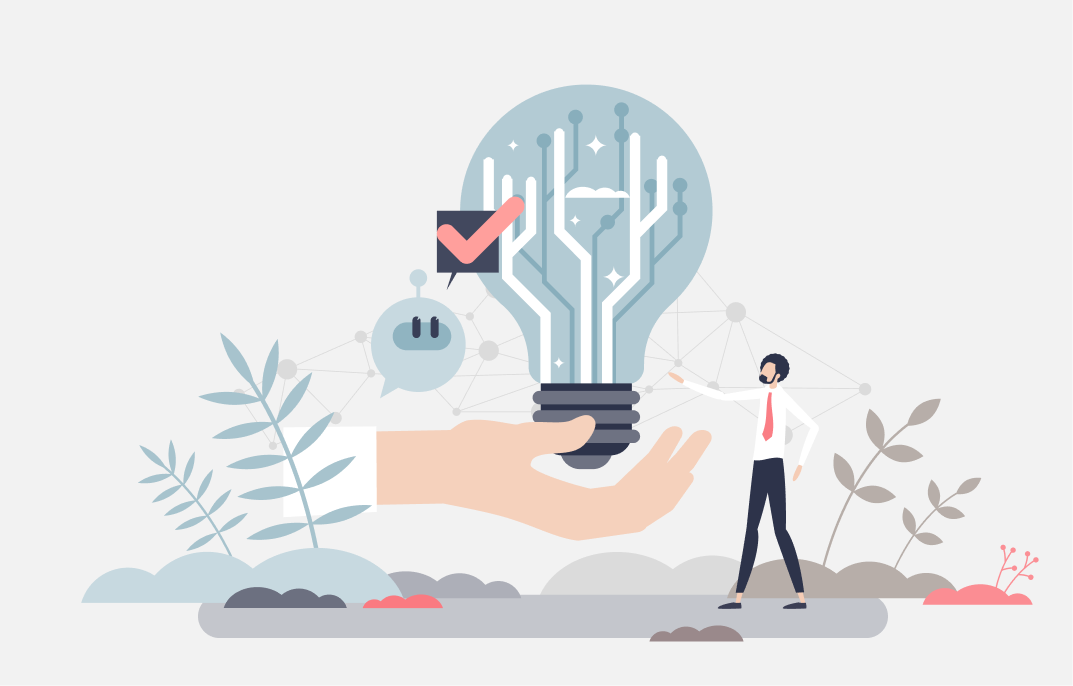As we approach 2025, the cybersecurity landscape is becoming increasingly complex. New technologies, evolving attack strategies, and an expanding digital footprint for businesses and individuals create fertile ground for cyber threats. Organizations must remain vigilant and proactive to address these challenges and safeguard their systems, data, and users.
This article explores the most pressing cybersecurity threats expected in 2025, their implications, and strategies to mitigate their risks.

1. AI-Powered Cyberattacks
The dual-edged nature of artificial intelligence (AI) is becoming more apparent as cybercriminals adopt it to enhance their malicious activities. AI enables attackers to automate and scale their operations, making them faster, stealthier, and more efficient.
Examples of AI-Driven Threats
- Deepfake Attacks: Sophisticated deepfake technology can be used to impersonate executives or key personnel in video calls, leading to social engineering scams.
- AI-Powered Malware: Malware capable of adapting to detection methods and learning how to evade defenses in real-time.
- Phishing with AI: AI can generate highly convincing, personalized phishing emails, increasing the likelihood of success.
Mitigation Strategies
- Invest in AI-driven defense mechanisms to counter AI-enabled threats.
- Train employees to recognize signs of deepfake and phishing attempts.
- Implement multi-layered authentication systems to prevent impersonation attacks.
2. Quantum Computing Threats
While quantum computing promises breakthroughs in many fields, it also poses a significant cybersecurity risk. Quantum computers can break traditional encryption methods, making sensitive data vulnerable.
Potential Impact
- Breach of encrypted financial, medical, and governmental records.
- Exposure of sensitive communications protected by current cryptographic algorithms.
- Undermining the foundation of secure online transactions.
Mitigation Strategies
- Begin transitioning to quantum-resistant encryption algorithms.
- Stay informed about advancements in post-quantum cryptography.
- Collaborate with industry and government bodies to develop quantum-safe standards.

3. Ransomware Evolution
Ransomware attacks continue to grow in sophistication, targeting both small businesses and large enterprises. The rise of Ransomware-as-a-Service (RaaS) has made it easier for less-skilled attackers to deploy ransomware.
Trends in Ransomware Attacks
- Double and Triple Extortion: Attackers not only encrypt data but also threaten to leak it or target customers and partners.
- Targeting Critical Infrastructure: Healthcare, utilities, and supply chains are high-priority targets due to their reliance on uptime.
- AI-Enhanced Ransomware: Using AI to identify critical files and systems for maximum disruption.
Mitigation Strategies
- Regularly back up data and ensure backups are isolated from the main network.
- Implement strict access controls and endpoint security measures.
- Use ransomware-specific detection tools that can spot early signs of an attack.

4. Internet of Things (IoT) Vulnerabilities
By 2025, the number of IoT devices is projected to exceed 75 billion, expanding the attack surface significantly. Many IoT devices have weak security protocols, making them an attractive target for cybercriminals.
IoT Threats
- Botnet Attacks: Compromised IoT devices can be used to launch massive distributed denial-of-service (DDoS) attacks.
- Data Theft: IoT devices often collect sensitive user data that can be exploited.
- Device Hijacking: Hackers can take control of devices, leading to physical security risks.
Mitigation Strategies
- Ensure IoT devices are updated with the latest firmware and security patches.
- Use network segmentation to isolate IoT devices from critical systems.
- Implement IoT-specific security protocols and monitoring solutions.
5. Cloud Security Challenges
As cloud adoption continues to grow, so does the complexity of securing cloud environments. Misconfigurations, insecure APIs, and shared responsibility gaps remain persistent challenges.
Cloud Security Risks
- Data Breaches: Misconfigured storage buckets or databases expose sensitive information.
- Credential Theft: Attackers target poorly managed access credentials.
- Denial of Service (DoS): Cloud services disrupted by resource exhaustion or targeted attacks.
Mitigation Strategies
- Conduct regular cloud configuration audits.
- Enforce strict access management policies, including multi-factor authentication.
- Utilize cloud-native security tools to monitor and respond to threats.

6. Social Engineering Tactics
Social engineering remains one of the most effective cyberattack methods, and it’s evolving with the integration of technology. Attackers exploit human psychology to gain unauthorized access to systems and data.
Emerging Social Engineering Techniques
- Hybrid Scams: Combining physical and digital tactics, such as sending fake invoices alongside phishing emails.
- Emotional Manipulation: Leveraging global crises or personal distress to coerce victims into providing sensitive information.
- Augmented Reality (AR) Exploits: Using AR to create fake interactive environments that trick users into sharing credentials.
Mitigation Strategies
- Conduct regular cybersecurity awareness training for employees.
- Use AI-based tools to identify and block phishing attempts in real time.
- Encourage a culture of skepticism toward unsolicited communications.
7. Supply Chain Attacks
The interconnected nature of modern businesses makes supply chains a prime target for cyberattacks. Compromising a single supplier can give attackers access to multiple organizations.
Notable Examples
- SolarWinds Hack: Attackers exploited software updates to breach numerous companies and government agencies.
- Third-Party Software Vulnerabilities: Exploiting flaws in widely used platforms to launch widespread attacks.
Mitigation Strategies
- Vet suppliers and third-party vendors for their cybersecurity practices.
- Monitor and restrict access granted to external partners.
- Use intrusion detection systems to identify unusual activity in the supply chain.
8. Zero-Day Exploits
Zero-day vulnerabilities, which are unknown to the vendor and unpatched, continue to be a significant threat. Cybercriminals actively hunt for and exploit these flaws before they are addressed.
Key Risks
- Attacks that bypass traditional security measures.
- Exposure of critical systems before patches are available.
- Increased costs and downtime associated with responding to these attacks.
Mitigation Strategies
- Employ advanced threat detection systems to identify suspicious behavior.
- Partner with ethical hackers to uncover vulnerabilities through bug bounty programs.
- Ensure rapid patching processes for known vulnerabilities.
9. Cyber-Physical Attacks
With the rise of smart cities, autonomous vehicles, and connected infrastructure, cyber-physical systems are becoming a lucrative target for attackers. These attacks can cause real-world damage and pose risks to public safety.
Examples
- Critical Infrastructure Attacks: Targeting power grids, water supply systems, or transportation networks.
- Manipulation of Industrial Control Systems (ICS): Disrupting manufacturing or energy production.
Mitigation Strategies
- Implement robust network segmentation to protect critical systems.
- Use AI-powered monitoring to detect anomalies in cyber-physical environments.
- Collaborate with government agencies to address systemic vulnerabilities.
10. Insider Threats
Insider threats, whether intentional or accidental, remain a significant concern. As remote work becomes more prevalent, the potential for data leaks and unauthorized access increases.
Types of Insider Threats
- Malicious Insiders: Employees who exploit their access for personal gain.
- Negligent Insiders: Individuals who inadvertently expose sensitive data through careless actions.
Mitigation Strategies
- Monitor user behavior for unusual activity.
- Limit access to sensitive systems and data based on roles.
- Provide regular training on cybersecurity best practices.
In 2025, cybersecurity will demand vigilance and innovation as evolving threats challenge the resilience of businesses and individuals alike.
Preparing for the Cybersecurity Landscape of 2025
To stay ahead of these threats, organizations must adopt a proactive and comprehensive approach to cybersecurity. Key strategies include:
- Embracing Zero Trust Architectures: Assume that threats can come from anywhere, and enforce strict access controls.
- Investing in AI and Machine Learning: Leverage advanced technologies to detect, prevent, and respond to threats in real time.
- Strengthening Incident Response Plans: Regularly update and test your plans to ensure quick and effective responses to cyber incidents.
- Fostering Collaboration: Work with industry peers, government agencies, and cybersecurity organizations to share threat intelligence and best practices.

Conclusion
The cybersecurity threats of 2025 present significant challenges for businesses and entrepreneurs navigating the digital landscape. As technology evolves, so do the risks, making it crucial to integrate robust security measures into your software solutions. From implementing zero-trust architectures to leveraging AI-powered threat detection, proactive strategies are key to safeguarding your business operations and sensitive data.
At Codebridge, we specialize in creating secure, scalable, and innovative software tailored to meet your business needs. Whether you’re looking to enhance existing systems or build cutting-edge solutions from scratch, our expert team is here to help you navigate the complexities of modern cybersecurity.
Ready to future-proof your business? Explore our Custom Software Development Services or schedule a consultation with our team today. Let us partner with you to build secure, innovative software that drives your business forward. For more information, contact us here—your journey to a safer digital future starts now.
Heading 1
Heading 2
Heading 3
Heading 4
Heading 5
Heading 6
Lorem ipsum dolor sit amet, consectetur adipiscing elit, sed do eiusmod tempor incididunt ut labore et dolore magna aliqua. Ut enim ad minim veniam, quis nostrud exercitation ullamco laboris nisi ut aliquip ex ea commodo consequat. Duis aute irure dolor in reprehenderit in voluptate velit esse cillum dolore eu fugiat nulla pariatur.
Block quote
Ordered list
- Item 1
- Item 2
- Item 3
Unordered list
- Item A
- Item B
- Item C
Bold text
Emphasis
Superscript
Subscript







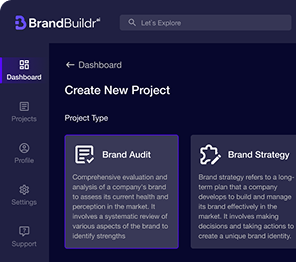
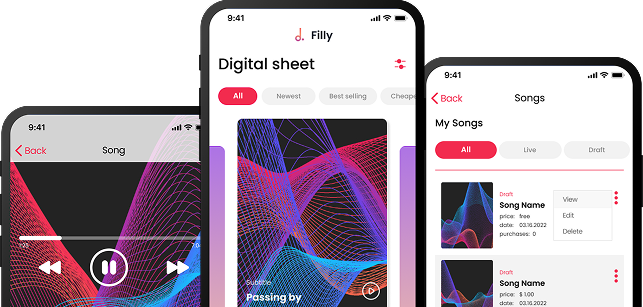










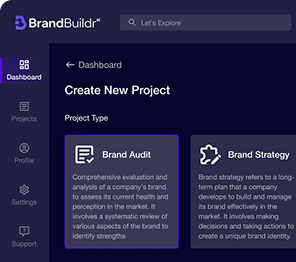

.avif)

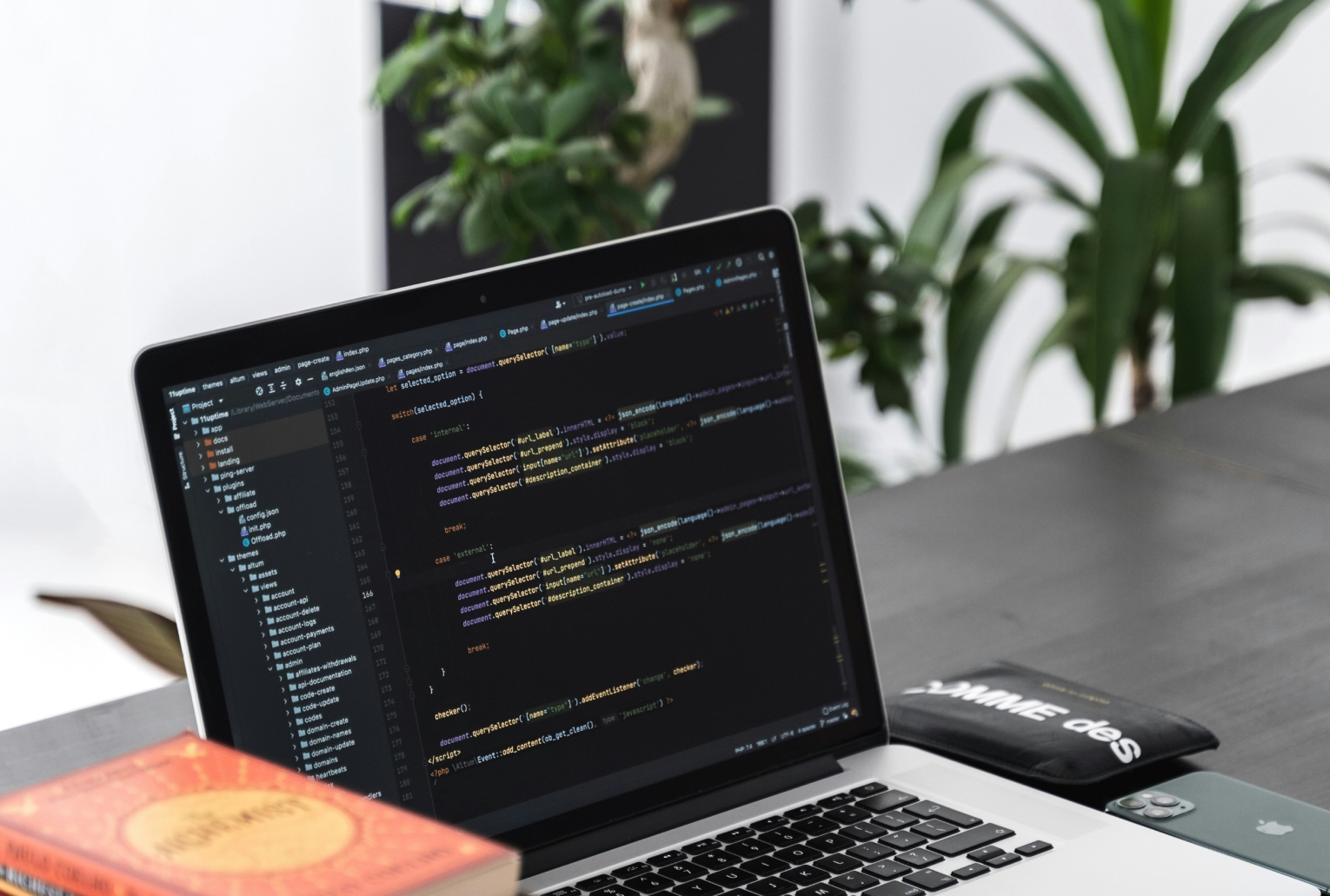

.avif)

.avif)
